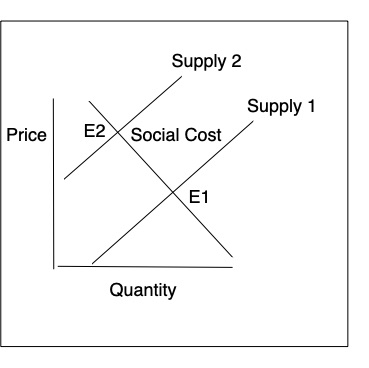
March Madness College Applications Bump
April 9, 2024
How Sheep Help Solar Power
April 11, 2024A group of 2,000 (or so) elderly ladies won a landmark case at the European Court of Human Rights.
Environmental Rights
The Senior Women for Climate Protection (KlimaSeniorinnen) said heat waves harmed their health. After the Swiss legal system failed to address their grievances, the women went to the European Court. With priority status during 2021, the case quickly evolved. As a basic issue, the women claimed their government had an obligation to respect their “private and family right to life.”
Detailing the impact, one woman described a self-imposed lockdown caused by global warming. The litigants also had research that concluded older women (more than men) were especially “vulnerable to heat-related illnesses.” Combined, the facts indicated that Switzerland’s inadequate climate policies were violating the European Convention on Human Rights. Then, making it worse, Switzerland’s warming exceeded the global average by two or three times.
Below, you can see some very happy women (during 2023):
 We should note that Switzerland’s 2021 emissions were 10% lower than the country’s 1990 level. In addition, Switzerland’s total and per capita emissions levels were less than most of their neighbors. However, the Court said it was not enough.
We should note that Switzerland’s 2021 emissions were 10% lower than the country’s 1990 level. In addition, Switzerland’s total and per capita emissions levels were less than most of their neighbors. However, the Court said it was not enough.
More precisely, the Court said, Swiss authorities failed “…to quantify, through a carbon budget or otherwise, national greenhouse gas emissions limitations.” As a result, they will have to, “…analyse the extensive judgment and review what measures Switzerland will take in the future.”
But you can see from this Climate Action Tracker map, Switzerland is not alone. The mustard color identifies countries with insufficient progress while orange, at “highly insufficient,” is worse. None are a 1.5°C Paris agreement compliant green:
![]()
Our Bottom Line: Externalities
If an economist had to choose one word for discussing the environment, it would be externalities. As with all negative externalities, uninvolved bystanders are experiencing the cost of someone else’s behavior.
One graph can show us why we have negative externalities from pollution. The key is equilibrium. When a firm pollutes, we have supply that does not have to reflect the cost we all pay. If the curve illustrated the cost it would shift upward and to the left. Then equilibriumn would reflect less production because of the higher cost:

Imagining the graph’s social cost, we can think of older women bearing the consequences of warmer temperatures.
My sources and more: For the facts, this Axios article is a good place to start. Then, this court related document had more about the decision while Climate Action Tracker took us to the bigger picture and Switzerland. (Never having heard of the Climate Action Tracker, I tried to confirm their accuracy. Because they were cited by a BBC article and also linked by a Harvard website, I concluded they could be okay.)
![econlifelogotrademarkedwebsitelogo[1]](/wp-content/uploads/2024/05/econlifelogotrademarkedwebsitelogo1.png#100878)




